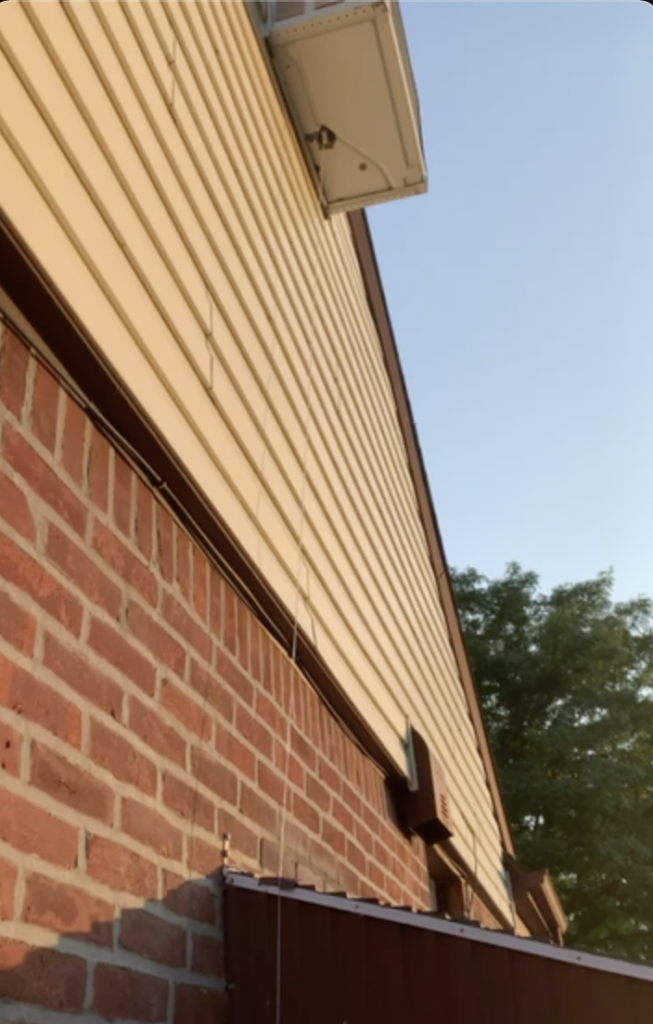We all hear about ways to solve problems with different methods and approaches. There is not a single unified script or formula that can be applied to all. Today I will focus on my overall approach to problem-solving by giving an example of a problem someone came to with, asking for my help and advice, Then I will explain how and why it worked. If you are short on time and just want the bullet points, I will not string you along (pun intended) you can jump down to the end to read the bullet.
This is how the call/dialog went:
Them: “Hrair, I have a problem and as usual I think of you to provide some help and advice, even if I am not sure if you have done this before.”
Me: “Well, that’s very nice, and thank you. How can I help you?”
Them: “Take a guess.” He says with a tone of trying to challenge me.
Me: “You need me to help you with your office setup again”
Them: “Nope. I love what you did last year.”
Me: “Do you want me to help with your website design, content, media, and marketing?.”
Them: “That thing is awesome and you showed me how to tweak and update it, so nope.”
Me: “You need help picking out a new pair of headphones”
Them: “Oooh. I love those two headphones you recommended and still use them regularly. Try again”
Me: “Look, we can do this all day. I give up. What is it?”
Them: “Alright, alright. I know you’ve helped with a lot of random things over the years. ok so you know I have this air conditioner wall unit upstairs and it works fine but the drain hose that was there got full of mold and during the winter it broke off. Now whenever it’s on, it drips down to the back door awning. It is very loud and annoying! Drip, drip, drip, drip… all day and night! I do not want to put another drain hose and drill more holes in the wall. Besides they keep growing mold and mildew. I need you to figure out another solution and quick!”
Me: “Well, the best solution is to change to central air so you…”
Them: “Let me stop you there! First, I need to solve this quickly. Second, there’s a pandemic going on and I really do not want to deal with all the workers in and out of the house. Besides, those are very expensive and I cannot afford to do that. What else you got?”
Me: “Have you tried putting a rubber doormat or a rubber car mat on the awning to help make it quieter? We can fasten or glue it down so it does not fly off during storms”
Them: “Hmmm. Interesting. I like it!”
Me: “Wait, it will not completely get rid of the dripping sound but it will make it quieter You will still hear a muted thud, thud, thud…”
Them: “Well, it’s better than the loud drops now. I really want it to be quiet.”
Me: “Wait. I have another idea. One I have not tried before and I think it will make it completely quiet. Are you ok with me trying this different idea?”
Them: “Yes, of course. I trust you. Always have. You have never steered me wrong. What is it? Is it going to be a quick solution/installation? How much will it cost? You know I cannot spend too much on this.”
Me: “Hah. Right. Ok, it will be quick and cheap. It will take about 10-15 minutes and will only cost you a few dollars. The cost of a spool of cotton twine/string which I can pick up on my way over this weekend”
Them: “What string? What are you talking about?”
Me: “I am going to take a chapter out of my college days physics book.”
Them: “Come on Hrair! I need this fixed and stop the sound of all the dripping. Is it going to be really quiet?”
Me: “I know. Yes, I believe it will be very quiet. This how it will work. Water follows on the path of least resistance. So when we tie the cotton twine from inside the hole, where the drops are coming from the air conditioner. Angle the string just right to the edge of the awning so the drops of water will quietly crawl down the string and will not make any noise. Because the string is made of cotton, it will get wet and water will tend to cling to it and crawl down without dripping on the awning. The string will not grow any mold or mildew because it is not in an enclosed space and air/sun will dry it. Note: you will see the string so it will look funny or weird”
Them: “it does not matter since it’s at the back of the house. This sounds really interesting and would love to see it work! Ok, so what do we need? When can you come over?”
Me: “I’ll come over, this weekend, with the roll of the cotton twine which is around $6, and set it up. I don’t even need to go inside your house.”

The above interaction occurred in late August-2020, last year, and had not thought about it since. Earlier this week, they sent me this picture with a message saying how happy and satisfied they are with this solution and that it is still up after all the winter storms, and how quiet it has been. They are looking forward to sitting back there and watching the water crawl down the string without making any sound. This took a total of 15 minutes including putting up a ladder and tying the cotton twine ($6 for a roll) to the air conditioner and then down to the awning and there is no sound of any drops. You can barely see the string and depending on the angle and sunlight, you can see the drops glistening down the string to the awning without a sound.
This project made me think about how I approach solving any problem. The key elements, important aspects, and steps of the problem-solving process are: (note: all these happen in realtime and it will get easier, the more you practice. A lot of these can be developed/honed with experience and over time and some are innate skill/ability).
- Both parties need to have an open mind and not have strict expectations or specific solutions in mind.
- Keep your egos and any other financial or competitive influences out of the process.
- Everyone should listen to understand where the other is coming from and what they are asking for and why.
- Make sure whatever the customer is asking for, is exactly what they need. Sometimes the customer already has a solution in mind and sometimes that might not be the correct one for what they need.
- Ask questions not just about the problem but also about the customer, their business, their budget, and their timeline.
- Ask questions to uncover details and not to lead the conversation or solution to what you are selling or prefer without being able to explain and justify.
- Once you understand where they are coming from and have a full picture, put yourself in their place and see what solution/option is best suited.
- Leverage your vast and extensive background or education, work, and life experiences to connect the dots and apply what you know even if it’s from a different field.
- When figuring out the options and solutions, play them out from start to finish and see which one is the best fit and explain each to them so they can follow along.
- Explain what you understand of their request to make sure they hear what you understood and give them a chance to correct or add further information.
- Do not settle for the first solution you can think of. Talk through the various options and solutions and help them make a more informed decision.
- Don’t just think outside of the box. Think there is no box. Start with a clear open mind without any motives other than understanding the full picture and direct and chip away at it. Work with the customer to helping them along the way so you arrive at the solution together. Make them part of the solving activity.
- Provide background information about yourself and your recommendations. Explain to them from their perspective not just from yours or because you think is the right solution. This will help down the line during and post-project.
- These will also help gain their trust and show that you are looking out for their best interest and not just as a revenue stream.
